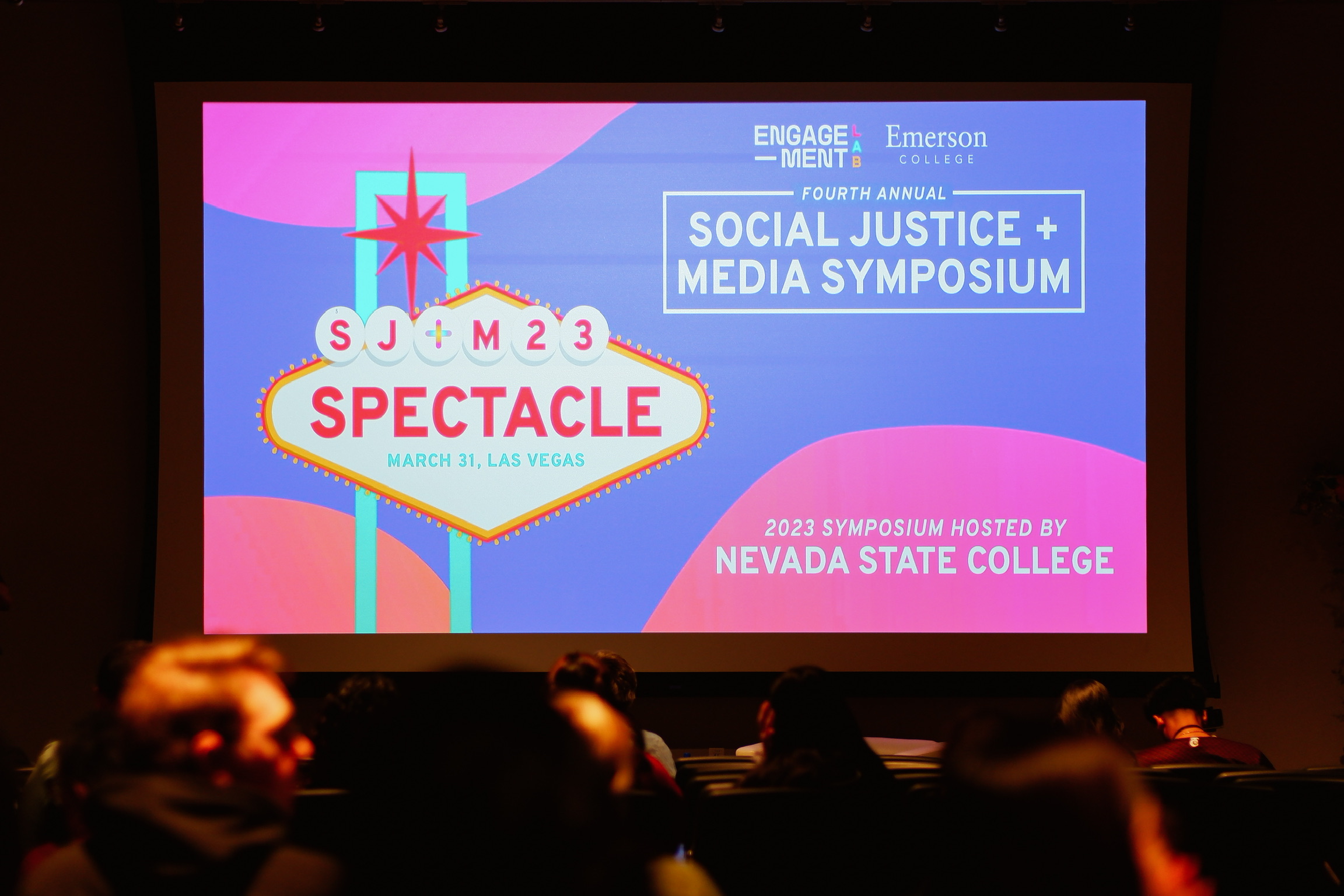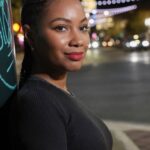Attention-grabbing mass shootings overshadow realities of youth firearm deaths

Leeann Taylor lost her son Daniel Taylor to gun violence in a neighborhood near Emerson College in Boston. She was ordered by a court to be handcuffed in order to see her son in the morgue after identifying him by photograph upon learning of his death. Leeann Taylor said her son was also handcuffed as he lay lifeless and she said her goodbyes.
Chaplain Clementina Chery said her son Louis D. Brown was driven everywhere he needed to go because of violence in the same neighborhood near the college. The first day he walked alone, he was shot and killed.
Clara Sheffield, whose son Burrell Ramsey-White was gunned down in Boston by police during a routine traffic stop, said she felt like a criminal while seeking resources following his death. She said she was denied victim services because police said her son contributed to his own death.
The three mothers were among six parents who shared their stories in Quiet Rooms, a 20-minute documentary screened at a recent conference at Nevada State College focused on transforming “problematic and harmful narratives” about gun violence. The film is part of the Emerson College Engagement Lab's social initiative, and the name Quiet Rooms refers to a space inside a Boston hospital where a nurse said parents make mind-staining sounds after learning that their child had been shot and killed.
Parents in the film said there was a lack of resources and assistance to help them process and overcome the tragedies — until they found the Louis D. Brown Peace Institute support group started by Chery and the organization Legacy Lives On.
“When I first got there, I couldn’t talk about anything,” Sheffield said about the moment she arrived at the peace institute. “I literally was on my knees, in tears, crossing over the threshold asking for somebody to help heal my heart.”
In a panel discussion that followed, filmmakers said the project addresses not only discrimination, but the shadow that hides the cries for help in inner cities over everyday gun deaths involving youth: that national attention on gun issues is dominated by mass shootings.
“The statistics are shocking in that only 1 percent of gun deaths in this country are because of mass shootings,” said Eric Gordon, the executive director of the Engagement Lab. According to data from the Rockefeller Institute, mass shootings accounted for 0.1 percent of all firearm-related deaths between 2000 and 2014.
Pew Research Center reports that the number of teens and children younger than 18 killed by guns in America has increased by 50 percent from 2019 to 2021, reaching 2,590 deaths, with 60 percent of them classified as homicides.
Children age 12 to 17 accounted for 86 percent of all gun deaths including suicides among kids younger than 18 in 2021, according to Pew.
“They happen every day. It’s a perpetual problem,” Gordon said about gun deaths among youth. “And they’re mostly happening in communities of color around this country.”
According to Pew, Black children have the greatest likelihood of dying from gun violence, making up 46 percent of gun deaths in 2021 for children younger than 18 even though Black children and teens make up just 14 percent of the U.S. population under 18. The same year, white children made up 32 percent of gun deaths, Latino children made up 17 percent and Asian children made up 1 percent.
In 2021, there were nearly 12 gun deaths per 100,000 Black youth compared with roughly two gun deaths per 100,000 white youth.
When asked about the origins of gun violence in certain neighborhoods, Rachele Gardner, the Engagement Lab’s associate director, said she thinks the answer goes back centuries and that the problem has to do with so much more than guns.
“Families who have been impacted most directly in Boston are often families of color,” Gardner told students. “We can point directly to … maps available, that map [out] redlining practices in Boston, directly onto instances of gun violence.”
Redlining refers to systems of discrimination such as denial of mortgages or financial services to residents of certain areas based on race or ethnicity. Gardner said communities were marginalized, or uncared for, because of those practices, coupled with a lack of resources that led to disparities such as food deserts or cycles of neighborhood violence.
Gordon said the origins of urban homicide stem from combining violence and marginalization with the accessibility of guns. He said because guns are a very effective tool, they create an immediate impact in a way that other tools might not.
“It’s both of these things,” he said. “It’s violence, which is a problem that has its own kind of structure … and then it’s the tool that’s all too available that exacerbates the problem of violence.”
The conference at Nevada State comes in a year in which mass shootings at a Lunar New Year celebration, California farms and a Nashville school made headlines.
“My eyes were opened to the way that families are impacted by [gun] violence,” said Cole Tatham, a recent Emerson College visual media graduate who produced the film, “and opened to their experiences navigating systems and navigating institutions that can shut them out from accessing the care they need.”
Gun violence among youth
DeSean Brewer, 25, a senior at NSC, said in a follow up interview with The Nevada Independent that the movie made him think about what is happening in his own community.
“When I saw how the parents were treated [in the film], I can only imagine what that’s like in Vegas because Vegas doesn't really offer a lot of support for different things,” said Brewer, who has lived in Las Vegas since he was about 6 years old.
In 2017, Brewer was producing a radio show called “Teen Talk” and interviewed a Las Vegas rapper named Luccy2x, born Charles Vailes Jr., who was 17 years old. Three years later, Vailes was ambushed and killed allegedly at the hands of a former associate.
Brewer said Quiet Rooms brought up memories about a voting rights event that he attended at Nevada Partners in 2020 that ended with a focus on 25 Black youth who were victims of gun violence in Las Vegas that year. Brewer said the event hit him close to home because he could recognize some of the teen victims remembered at the event, including Luccy2x.
“So that's when it made me really pay attention to [gun violence],” he said. “And now seeing how often it's occurred — it’s like a never ending cycle.”
According to the Educational Fund to Stop Gun Violence, 33 Nevada children aged 19 and younger died from guns in 2019, with 19 of them classified as homicides. The same report found that in Nevada, Black males from age 15 to 34 were nine times more likely to die from firearm homicide than white males of the same age group.
Brewer attributed the violence to a combination of influences, from television shows and music videos that put a spotlight on violence to a lack of activities geared toward young people in Las Vegas.
“I guess it goes over their head when somebody really loses a life in a show,” Brewer said.
He said he wishes stars from shows about murderous drug dealers, such as “Power” or “BMF,” would come into the community and share the facts about murder and violence.
Brewer said youths need community conversations about gun violence and spaces specifically for those who are younger than 21 so that they have something to do, such as nicotine-free hookah lounges. He said he believes these things would curb youth gun deaths.
“I think that's why it's more violence, because there's nothing for them to do outside of having house parties,” Brewer said.
No happy hours for young people
Nevada lawmakers are trying to tackle gun violence this session through bills such as AB355, sponsored by Assemblywoman Sandra Jauregui (D-Las Vegas), that would criminalize possession of semi-automatic shotguns and rifles for those under 21, raising the age from 18. The policy passed the Assembly in a 26-14 vote but would need the support of Republican Governor Joe Lombardo to become law.
Although Brewer said he does not believe it would curb gun violence among youth, he said he is supportive of it because he believes it could deter young people from buying guns. That includes his brother, who he said wants a gun as soon as he turns 18 to protect himself.
“I think the idea of that [policy] would definitely kind of let him know that that’s not even something for young adults or teens,” Brewer said.
Brewer said an increase in venues and entertainment that target youth would help curb gun violence and give young people options for leisure.
“I feel like if you're not over the age of 21, you’re very limited,” he said. “And I feel like youth have to spend more money to have a good time. I will say that there's no such thing as a happy hour for young people.”
This story was updated at 3:30 P.M. on May 9, 2023 to reflect that Vailes was not killed in a drive-by shooting but was ambushed on foot by his assailant.
